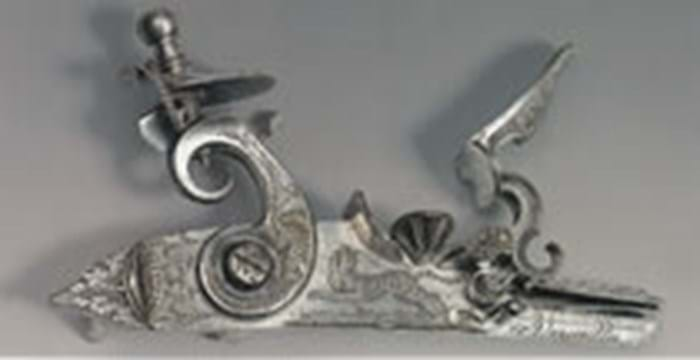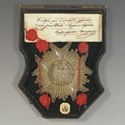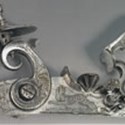Chief contributor to the €354,000 (£246,000) take was a ten-lot array of Napoleonic guns. Eight sold, but what was especially noteworthy was that the four most expensive guns, accounting for a quarter of the sale total, were all sold after the auction - to the same French private collector. François Tajan said the buyer had missed the sale and contacted the firm the next day. He obtained all four lots for prices in line with the published low estimates, corresponding to the reserves.
Aftersales have only been officially allowed in France since the 2001 auction reform, but with strings attached: they must take place within a fortnight of the sale, for no less than the buy-in price. Some French auction firms indiscriminately include aftersales in their published price lists. That wasn't the case here; François Tajan was relieved at finding a taker when all seemed lost, admitting that the client base for these sales is "limited, it's always the same buyers, but they're ferociously keen".
Three of the aftersales concerned flintlock rifles, with a top price of €38,000 (£26,400) for a 3ft 10in (1.17m) rifle signed Boutet et Fils à Versailles, with an elaborately engraved lock-plate, pictured right, and breeches bearing the fleur-de-lys hallmark of Jean Leclerc, imperial gunsmith from 1807 to 1810. The rifle came in its original felt-lined mahogany box.
Also signed Nicolas Boutet (1761-1833), head of the Versailles gun factory from 1792 until 1818, was a 4ft (1.23m) flintlock rifle that sold for €28,000 (£19,440). The third flintlock rifle, made in 1809 and subsequently transformed into a percussion lock rifle, was signed Lepage arquebusier de l'empereur for Jean Lepage, a gun-maker (active 1779-1822) based in Paris rather than Versailles. It fetched €10,000 (£6945).
A Napoleonic star-shaped embroidered insignia, 4in (10.5cm) across, pictured bottom right, featuring the Imperial Eagle and a somewhat worn embroidered inscription Honneur et Patrie, rated €37,000 (£25,700). The medallion was held in place in its leather-covered box by red twine and wax seals, and came with a letter signed Joseph Napoléon Bonaparte (who gave it to his friend Emilio Rinazzi in Rome in 1853), certifying that it had belonged to mon Grand Oncle l'Empereur Napoléon Premier.
Tajan continue their bid to corner the French arms and weapons market with another sale by their dynamic expert Bernard Bruel on March 18.
On target with aftersales
TAJAN (20.93% buyer’s premium) started the year with guns blazing on January 17 and a sale dominated by 19th century weaponry.








